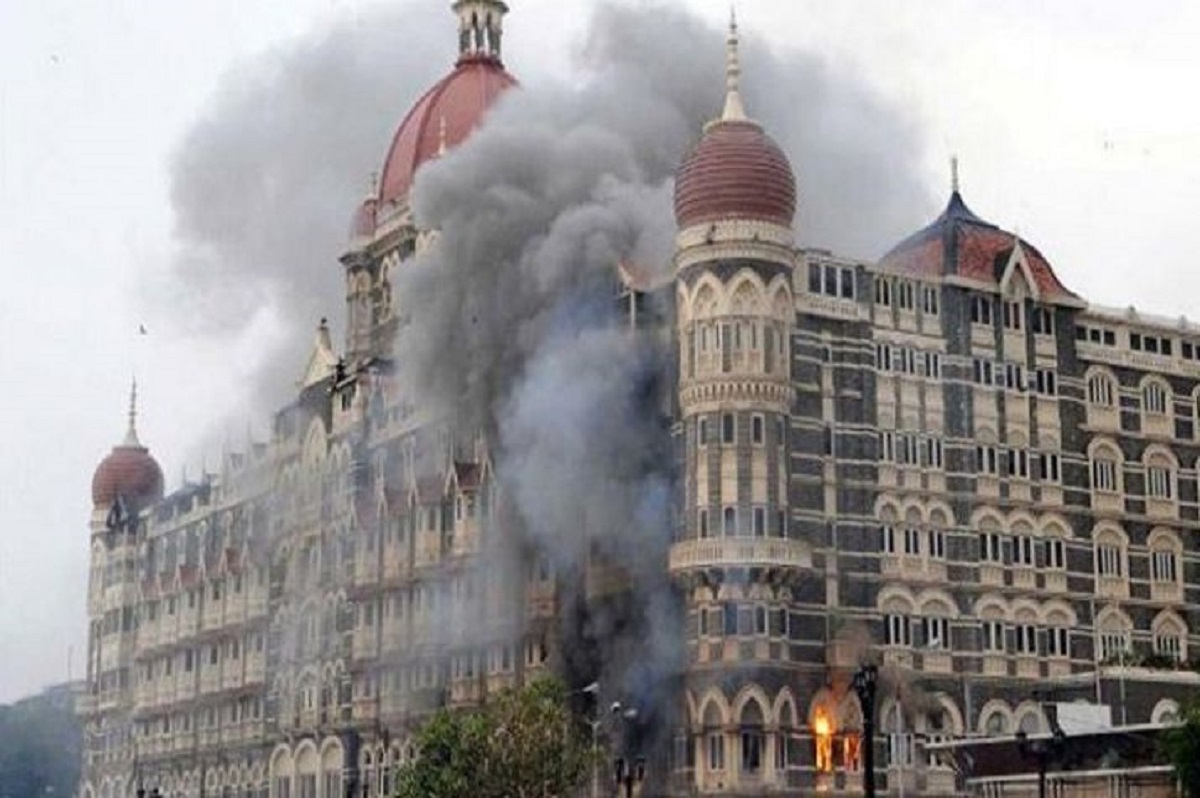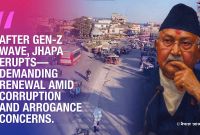Mumbai’s Darkest Days: Unraveling the 26/11 Terror Attacks and Pakistan’s Role

The Mumbai terrorist attacks, often referred to as the 26/11 attacks, remain etched in history as one of the most devastating acts of terror on Indian soil. From November 26 to 29, 2008, ten operatives of the Pakistan-based terrorist group Lashkar-e-Taiba (LeT) orchestrated a series of deadly assaults across the bustling city of Mumbai. These meticulously planned attacks targeted high-profile locations, killing 166 people, including foreign nationals, and injuring over 300.
The tragedy not only exposed vulnerabilities in India's security apparatus but also raised global concerns about the role of state-sponsored terrorism, drawing Pakistan’s Inter-Services Intelligence (ISI) into the spotlight.
A City Under Siege
The terror began on the evening of November 26, 2008, as armed attackers unleashed coordinated assaults on key Mumbai landmarks. The Chhatrapati Shivaji Maharaj Terminus (CSMT) witnessed indiscriminate gunfire, claiming dozens of lives and leaving scores injured. Meanwhile, popular spots such as the Leopold Café, frequented by locals and tourists alike, and the Nariman House, a Jewish community center, were riddled with bullets, heightening panic.
The attackers, armed with assault rifles and grenades, also targeted two luxury hotels: the Taj Mahal Palace Hotel and the Oberoi Trident Hotel. Both locations became the epicenter of prolonged sieges, with terrorists taking hostages and engaging in fierce gun battles with security forces. The Taj’s iconic dome ablaze became a haunting symbol of the attacks. At the Nariman House, terrorists held Jewish hostages before brutally executing them, marking one of the darkest chapters of the siege.
The Heroes of Mumbai
While the attackers wreaked havoc, the city witnessed extraordinary courage. Mumbai’s citizens, police, and emergency services came together in an inspiring display of resilience. Security forces, including the Mumbai Police, Marine Commandos, and the National Security Guard (NSG), worked tirelessly to neutralize the attackers.
Among the many sacrifices, the death of Anti-Terrorism Squad (ATS) Chief Hemant Karkare, Major Sandeep Unnikrishnan, and other valiant officers underscored the high price of defending the city. Their bravery was instrumental in minimizing further casualties and bringing the sieges to an end.
Ajmal Kasab: The Lone Survivor
The capture of Ajmal Kasab, the lone surviving attacker, proved pivotal in uncovering the planning and execution of the 26/11 attacks. Kasab’s testimony confirmed Lashkar-e-Taiba’s involvement and revealed that the attackers received real-time guidance from handlers based in Pakistan. His trial, conviction, and eventual execution in 2012 offered a semblance of justice, though it did little to erase the pain of the tragedy.
Tracing the Roots: Lashkar-e-Taiba and ISI’s Alleged Involvement
In the aftermath of the attacks, investigations by Indian, American, and Pakistani agencies unraveled a web of complicity implicating Lashkar-e-Taiba and elements within Pakistan’s Inter-Services Intelligence (ISI).
David Headley, a Pakistani-American operative who conducted reconnaissance for the attacks, provided damning evidence of ISI’s involvement. He testified that ISI officers directly guided and funded Lashkar operatives, including those responsible for the carnage in Mumbai.
Further investigations revealed the ISI’s strategy of leveraging militant groups like Lashkar-e-Taiba to destabilize India and divert internal dissent. While Pakistan officially denied any state involvement, Western analysts highlighted the duality within ISI’s operations. The ISI’s Counterterrorism Wing, funded by Western allies, often clashed with the External Security Wing, which allegedly sponsored militant activities targeting India and Afghanistan.
Judicial and Diplomatic Challenges
Despite mounting evidence, Pakistan’s efforts to prosecute the masterminds of the 26/11 attacks have been marred by delays and obstructions. Investigations led by Pakistan’s Federal Investigation Agency (FIA) faced significant interference from the ISI, allowing key suspects, including Lashkar chief Hafiz Saeed, to evade accountability.
In a rare admission, a senior American official revealed that Pakistan’s ISI chief had acknowledged the involvement of “rogue operatives.” However, no significant prosecutions followed. The judicial process in Pakistan was further hampered by frequent judge replacements, delayed hearings, and the assassination of a key prosecutor.
The Global Response
The Mumbai attacks exposed the international community to the grim realities of cross-border terrorism. India’s initial restraint gave way to a diplomatic offensive, with New Delhi sharing evidence with the United States, the United Kingdom, and other nations to build pressure on Pakistan.
While the United States publicly condemned the attacks, its approach to addressing ISI’s involvement was nuanced. Rather than direct confrontation, Washington chose to exert indirect pressure, prioritizing its strategic relationship with Pakistan in the context of the War on Terror.
Resilience Amidst Tragedy
Amidst the horrors, the spirit of Mumbai shone brightly. Ordinary citizens stepped up to save lives, from taxi drivers ferrying the injured to safety to hotel staff risking their lives to protect guests. The resilience displayed by Mumbaikars became a source of inspiration, reminding the world of the city’s indomitable strength.
Lessons Learned and Unresolved Questions
The 26/11 attacks forced India to confront its security vulnerabilities. The establishment of the National Investigation Agency (NIA) and improvements in coastal surveillance were direct outcomes of the tragedy. However, questions about intelligence failures and delayed responses persist.
Internationally, the attacks underscored the dangers of state-sponsored terrorism and the challenges of holding perpetrators accountable. Pakistan’s reluctance to dismantle Lashkar-e-Taiba reflects broader systemic issues, where militant groups serve as strategic assets despite their global designation as terrorist organizations.
A Stark Reminder
As the world remembers the victims of 26/11, the attacks serve as a stark reminder of the ongoing threat posed by terrorism. The events in Mumbai highlighted the need for vigilance, intelligence-sharing, and coordinated international efforts to combat extremist ideologies.
For India, the scars of 26/11 remain a painful reminder of the cost of complacency. For Pakistan, the attacks represent a missed opportunity to break free from its reliance on militant proxies. And for the global community, the tragedy serves as a call to action against the scourge of terrorism that transcends borders.
Fifteen years on, the legacy of the Mumbai attacks continues to resonate, urging nations to prioritize justice, accountability, and the collective fight against terror.




![From Kathmandu to the World: How Excel Students Are Winning Big [Admission Open]](https://nepalaaja.com/img/70194/medium/excel-college-info-eng-nep-2342.jpg)
